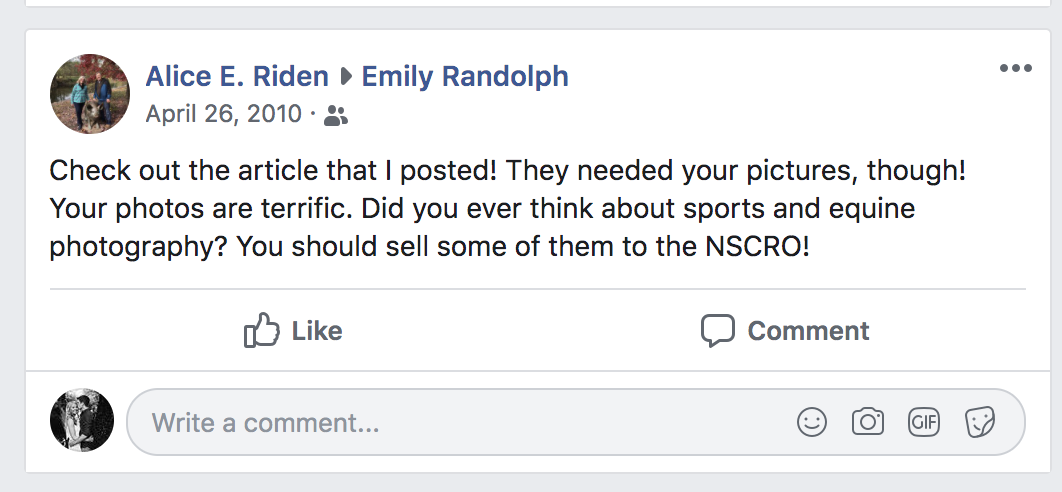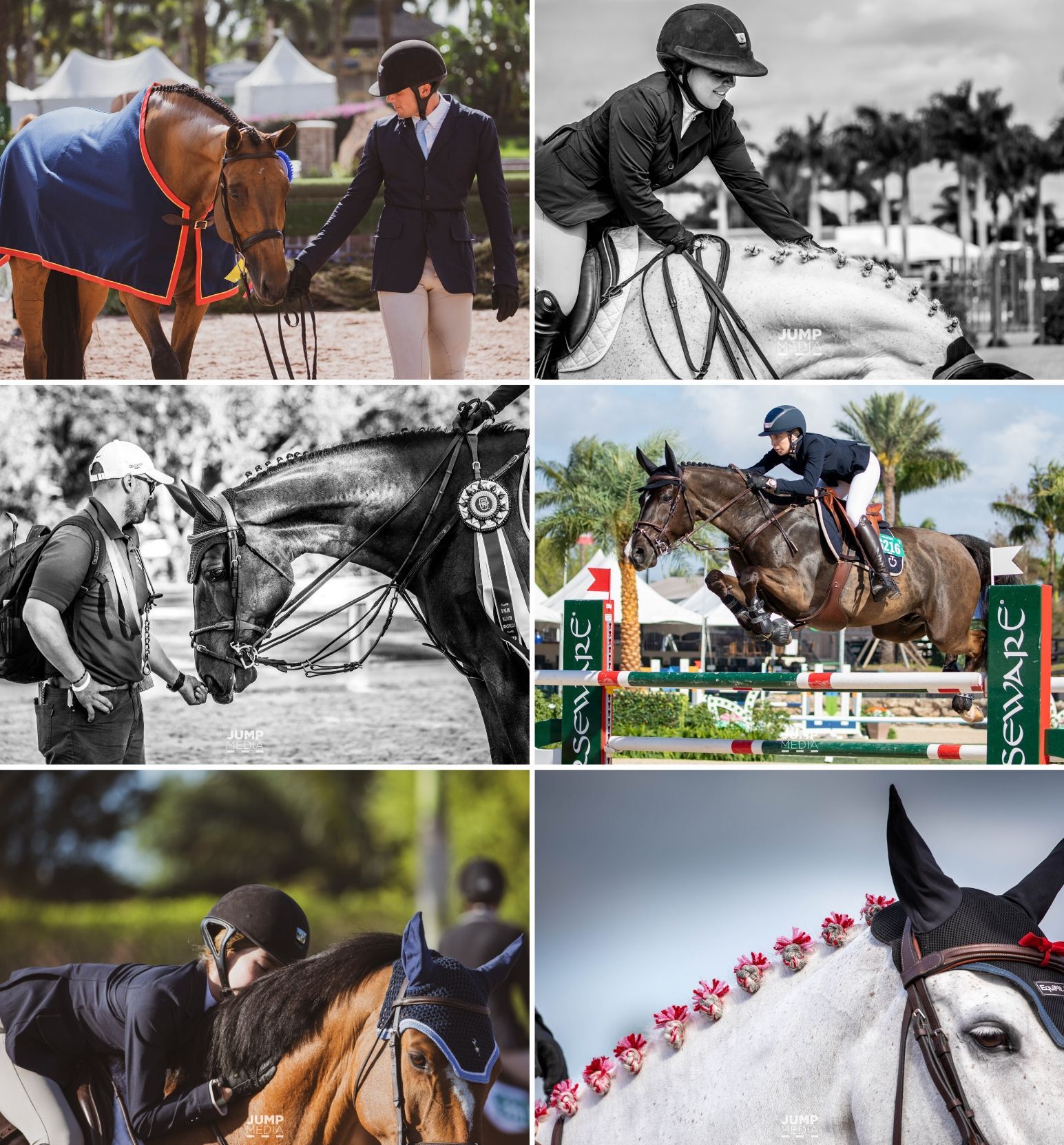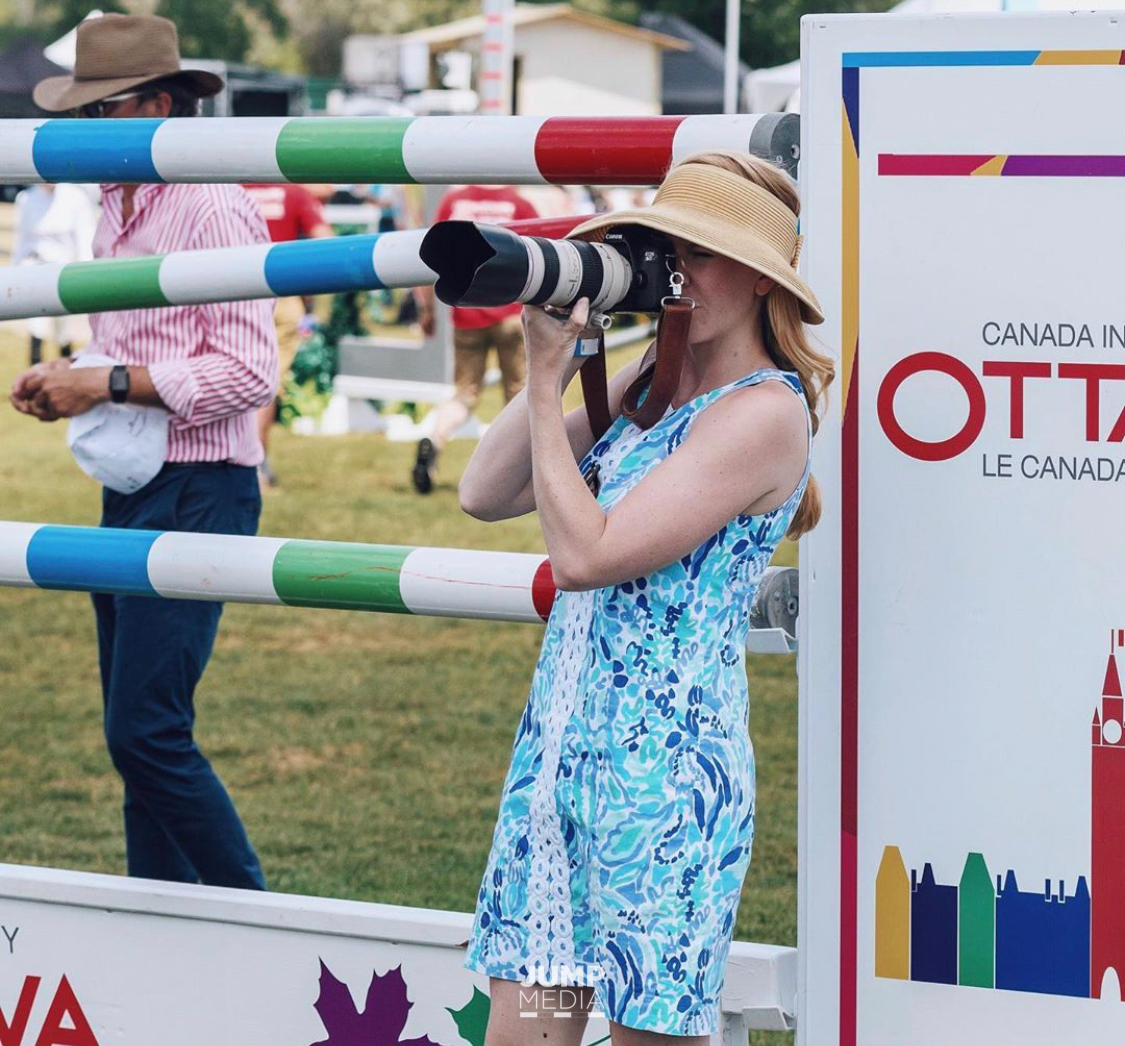In Focus: Emily Randolph
June 22, 2020
I don’t recall exactly when I first fell in love with photography. If I had to guess, it was around the time that I was developing film in my high school dark room and never leaving home without my lime green Fujifilm point-and-shoot digital camera. It was always tucked in my bag next to my phone, because remember when they weren’t one and the same?
After high school, that camera was replaced with an Olympus digital single-lens reflex (DSLR) camera I hijacked from my mom (thanks, Mom!) and brought to all my college riding team’s shows and to numerous rugby games and social events. I was always experimenting and trying to get better, and while I always enjoyed it, I never thought photography would be a part of my future career.
Horses and writing were (and still are) two things I love even more than photography, so I thought that if I could find a career that combined those, I was set. I never thought I’d also get to include photography as well.
My mom was a prophetic genius though, as is evident in this long-forgotten Facebook post that recently reappeared as an “On This Day” memory:

In 2013, I began my career in equestrian public relations, and the rest, as they say, is history!
I like to think I’ve come a long way since that first season spent ringside at the Winter Equestrian Festival’s Grand Hunter Ring. I frequently butchered the timing of my over-fences shots and asked Ben Radvanyi from Sportfot at least 1,000 different questions about my settings. I know I still have much to learn, but I’m grateful for the places that my camera has taken me and the opportunities that it has allowed.
Favorite shots from this year:
My Lightroom currently shows that I’ve shot and kept more than 4,400 photos from this winter in Wellington, FL, so zeroing in on favorites is hard. Instead, I’ve selected six photos that represent the type I like best.
Even though the majority of my shots are jumping, they are not always the ones that make the list. I often prefer the photos that show emotion or capture special moments. Although, I do have lots of jumping images that I love, including one of the very first I shot with Jump Media’s new 100-400m lens and Canon EOS 5D Mark IV. I was blown away by the difference in clarity compared to the 70-200m lens and Canon 6D I had previously used.

Emily’s photography tips:
1. Beginners don’t need a “fancy” camera right away. Sure, an expensive camera and a nice lens can drastically improve your image quality, but you don’t need to splurge right away. Instead, take the time to learn your way around a camera and understand the basics – and determine if you want to stick with it – before investing in something top-of-the-line.
2. Never stop learning. Even once you have your professional equipment and are confident with functions and settings (and have stopped bugging the official show photographer about what you’re doing wrong), don’t stop educating yourself. There are so many online resources available to advance your knowledge – take advantage of them, and practice, practice, practice.
Looking back at old photos I thought were great at the time, it’s hard to believe I ever thought that. At the same time, I hope someday I’ll look back at the photos I’m sharing here and think the same thing because I’ve continued to grow and improve.
3. Organize your photos (and I suggest Lightroom). My first three or four years working in the equestrian public relations industry, I had little to no organizational system for my photos. They were housed in multiple folders across my laptop and my external hard drives, and I didn’t know any better. Since then, between corrupted external hard drives, changing jobs, and general disorganization of files, many of those early photos have been lost.
I now have an organized system that I love. Everything I shoot gets filtered through my Lightroom. Files get tagged, re-named with horse and rider names or appropriate identifying information, and saved in a structure that makes sense. It’s incredibly time-saving, helps guarantee that photos are not lost, and makes it easy to find images when needed.
3b. An amendment to Tip 3: always back up your external hard drives and then back up your backups. This tip is brought to you by personal experience and hundreds of dollars spent on data recovery.



